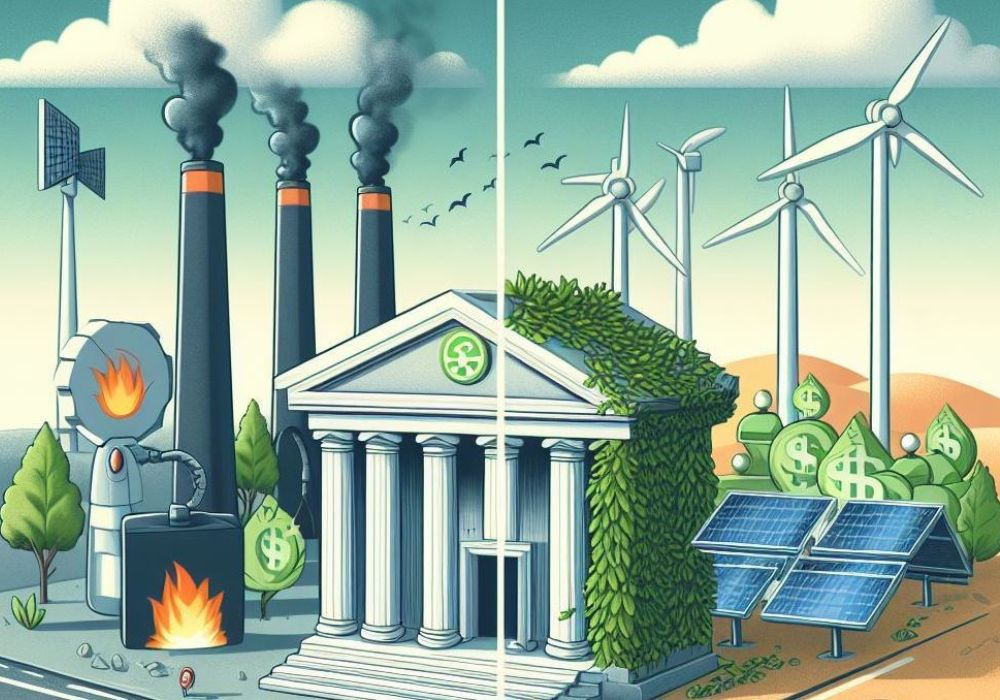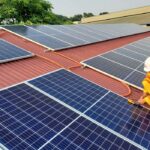In the ever-evolving landscape of global energy, the integration of technology stands at the forefront of shaping a sustainable future. As the world grapples with environmental challenges and the urgent need for cleaner energy solutions, visionaries like Arif Patel offer a clear perspective on how technology is revolutionizing the energy sector.
Arif Patel, a renowned expert in energy innovation and technology integration, has dedicated his career to examining the intricate relationship between technological advancements and energy sustainability. His insights reveal a profound understanding of how technology is transforming the energy landscape and paving the way for a greener, more efficient future.
Technological Innovations Driving Change
At the heart of Patel’s vision lies a firm belief in the transformative power of technology. From the harnessing of renewable energy sources to the development of smart grids, technology is pivotal in driving the transition towards sustainable energy. Arif Patel posits that innovations in solar power, wind energy, and battery storage are critical to reducing the global dependency on fossil fuels. By improving efficiency and reducing costs, these technological advancements make renewable energy more accessible and viable for widespread use.
In particular, Patel highlights the role of solar energy as a cornerstone of future energy systems. With advancements in photovoltaic technology, the efficiency of solar panels has increased exponentially, making solar power one of the most promising sources of clean energy. Additionally, the integration of AI and machine learning in monitoring and maintenance processes enhances the performance reliability of solar installations, further bolstering their appeal.
The Emergence of Smart Grid Technologies
Arif Patel points to smart grid technology as a game-changer in the energy sector. These intelligent systems enable efficient distribution and management of electricity, optimizing energy consumption and minimizing waste. Smart grids utilize advanced sensors and real-time data analytics to anticipate and respond to power demands, ultimately leading to a more resilient and adaptive power supply network.
By incorporating renewable energy sources into the grid, smart grids facilitate a smoother transition to sustainable energy use. Patel suggests that with the integration of IoT devices and blockchain technology, energy distribution becomes decentralized, allowing for more localized and democratic energy systems. This not only empowers consumers but also enhances grid security and reliability.
Energy Storage Solutions: A Key Enabler
Another area where technological innovation is making significant strides is in energy storage solutions. Arif Patel emphasizes the importance of developing efficient and scalable storage technologies to complement the intermittent nature of renewable energy sources. Advanced battery technologies, such as lithium-ion and solid-state batteries, are crucial in bridging the gap between energy supply and demand.
By storing excess energy generated during peak production periods, these storage solutions ensure a steady and reliable energy supply even when weather conditions are less favorable for renewable energy generation. Furthermore, advancements in energy storage also present opportunities for electric vehicles and portable electronic devices, contributing to a broader reduction in carbon emissions.
The Role of Artificial Intelligence
In addressing the future of energy, Patel underscores the significance of artificial intelligence (AI) as a catalyst for innovation. AI technologies enable predictive analytics, optimizing energy efficiency and facilitating preventive maintenance in energy systems. By accurately forecasting energy demand and supply trends, AI enhances grid management, reducing energy waste and lowering operational costs.
Moreover, AI-driven algorithms are being used to design new materials and technologies that improve energy efficiency in various sectors, including transportation and manufacturing. Patel envisions a future where AI continually supports the development of smarter and more efficient energy solutions, ultimately driving the global agenda for sustainable growth.
Challenges and Opportunities
While the potential of technology in shaping the future of energy is vast, Arif Patel is candid about the challenges that lie ahead. The integration of new technologies requires substantial investment, collaboration, and policy support. He stresses the importance of aligning technological advancements with regulatory frameworks to ensure seamless implementation.
Furthermore, Patel highlights the need for global cooperation in research and development to address challenges related to cybersecurity and data privacy in smart grid systems. As energy systems become increasingly interconnected, protecting critical infrastructure from digital threats becomes a paramount concern.
Despite these challenges, Patel remains optimistic about the opportunities that technological advancements present. He advocates for continued investment in research and development, fostering innovation, and nurturing the next generation of energy scientists and engineers. By building a collaborative ecosystem that encourages cross-disciplinary partnerships, the energy sector can harness technology to drive sustainable development and ensure energy equity for future generations.
Conclusion
In the words of Arif Patel, the future of energy is intricately linked to the intelligent application of technology. As we navigate through unprecedented environmental and economic challenges, embracing technological innovations offers a pathway to a more sustainable and equitable world. Through advancements in renewable energy, smart grids, energy storage, and AI, we stand on the cusp of a transformative era where technology not only meets the demands of today but also anticipates the needs of tomorrow.
In charting the course for a cleaner and more efficient energy future, Patel’s insights urge policymakers, industries, and individuals to leverage technology’s potential, invest in sustainable innovation, and champion a collective vision for a brighter tomorrow.


